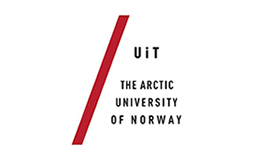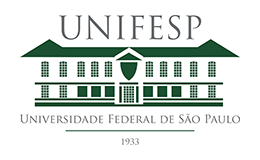Discussions

We have studied how the consideration of a biodiversity value in the objective function of a dynamic bio-economic model affects the optimal management of a multi-species ecosystem with and without ecological interactions.
The biodiversity index used in this paper is a constant-elasticity-of-substitution (CES) function of in-situ species abundances. Such an index seems well-suited to monitor developments of biodiversity over time, in particular if the number of species might change over time as it is the case for global biodiversity. Specifying the substitution elasticity to a value below or equal to one, ω≤1, however, is sensible only for situations where extinction is out of scope because the biodiversity index would be undefined in that case.
We have shown analytically that species extinction is never optimal when biodiversity, measured as a CES-function with 1<ω<∞, plays a role in the objective function.
This is in contrast to prior findings , where existence values made extinction less likely but not impossible in optimal steady states. The reason for our result is that for the case of imperfect substitutes, the marginal contribution of a species to the biodiversity index goes to infinity if its stock size approaches zero.
Our analysis has also revealed the implications of varying the unit value of biodiversity, v, in the objective function. This unit value controls how strongly conservation goals are weighted in the objective function. Without ecological interactions, increasing v unequivocally increases the steady state stock sizes of all species in the system. With predator–prey interactions, optimal steady state stock sizes may increase or decrease with v, depending on the strength of species interaction and the relative market price of predator and prey species.
We have further shown how the specification of the substitution elasticity, ω, between species, and the choice of abundance indicators in the biodiversity index influence optimal management solutions. The larger the elasticity of substitution between the species, the more valuable it is to increase aggregate abundance compared to ensuring an even distribution of species abundances.
In Baltic fisheries, cod is significantly less abundant than sprat and herring. This relative scarcity of cod is particularly pronounced when species abundance is measured in terms of numbers, as individual cod are much larger than individual sprat or herring. Consequently, optimal cod stocks increase with the unit value of biodiversity, v, when the objective is to maximize biodiversity in numbers and ω is relatively small. In all other cases, the optimal cod stocks decrease with v, in order to reduce cod predation on herring and sprat stocks and thus increase the overall abundance of fish in the ecosystem.
These results show that the exact specification of the biodiversity index has important implications for optimal management. Results can change qualitatively when the indicator of species abundance or the value for the elasticity of substitution is changed. One conclusion, however, seems to be robust: as long as species diversity (as measured by a CES-function) plays a role in the objective function, and species are imperfect substitutes, species extinction is never optimal.










